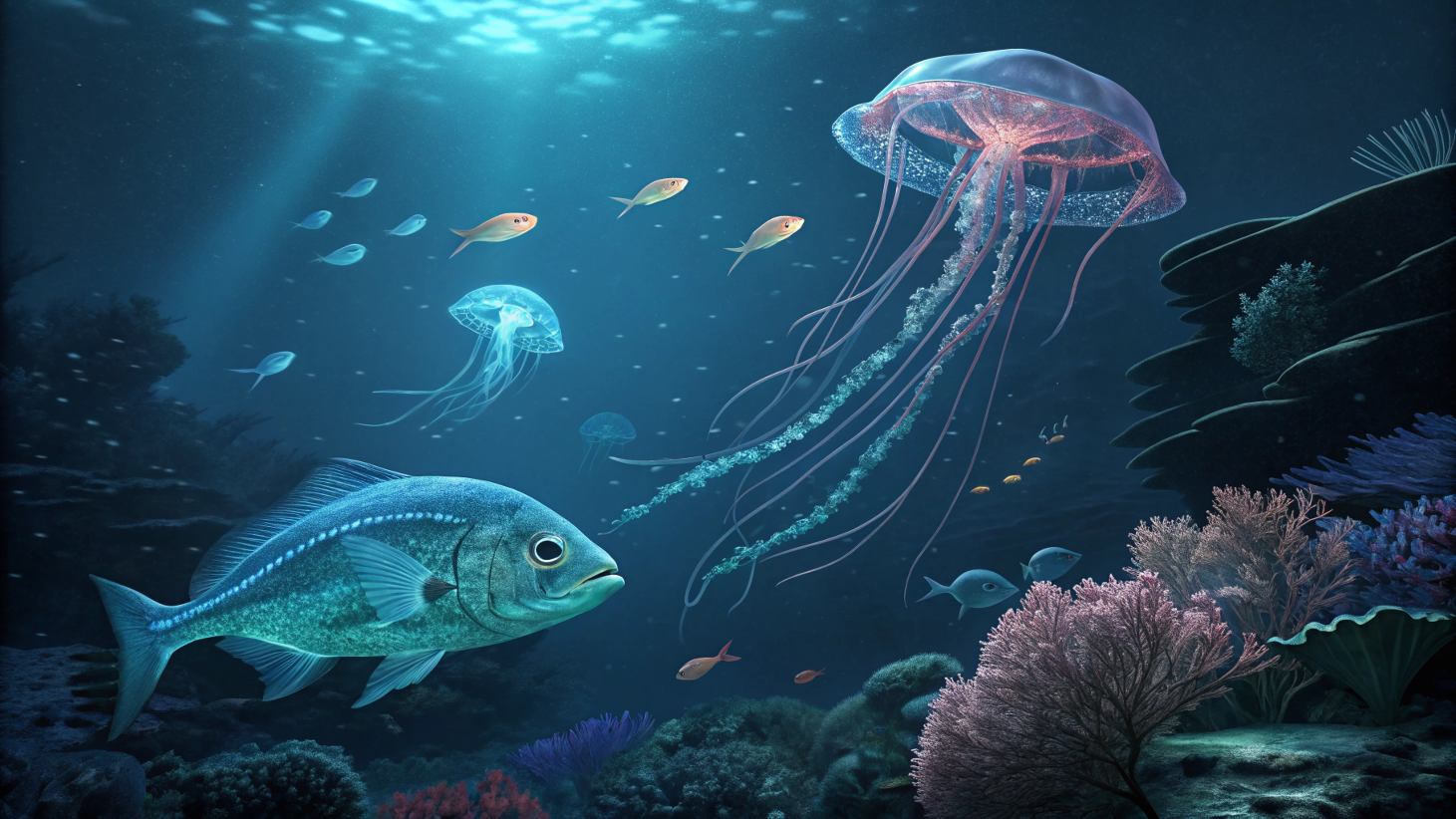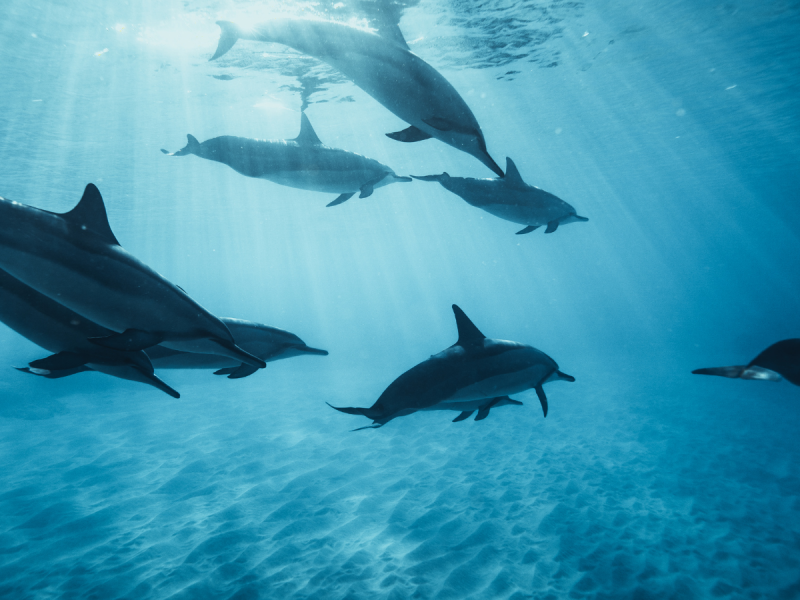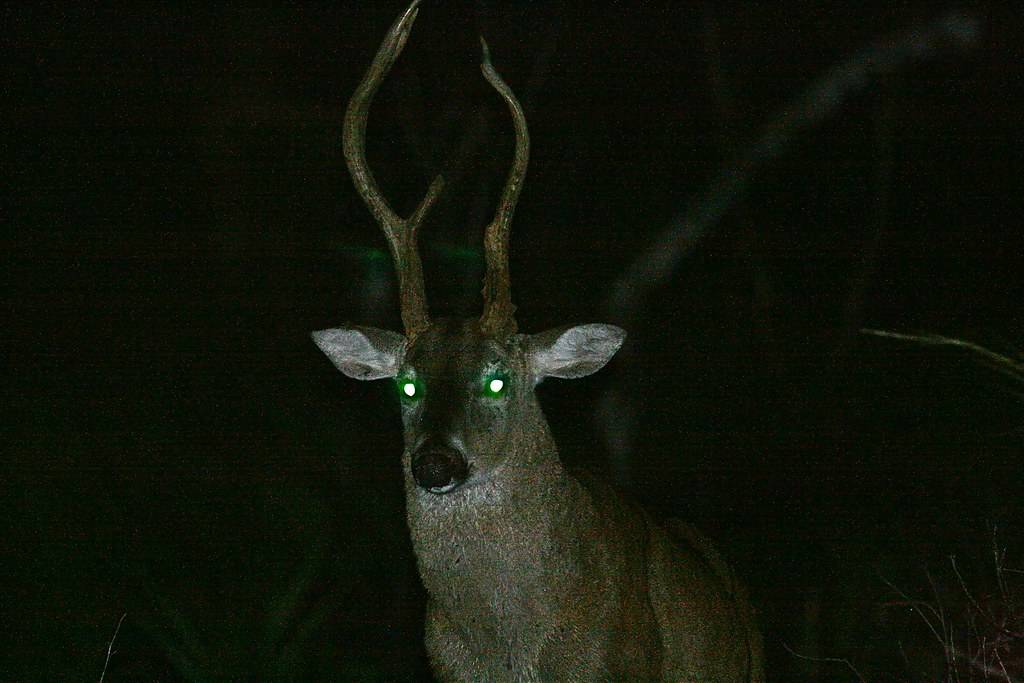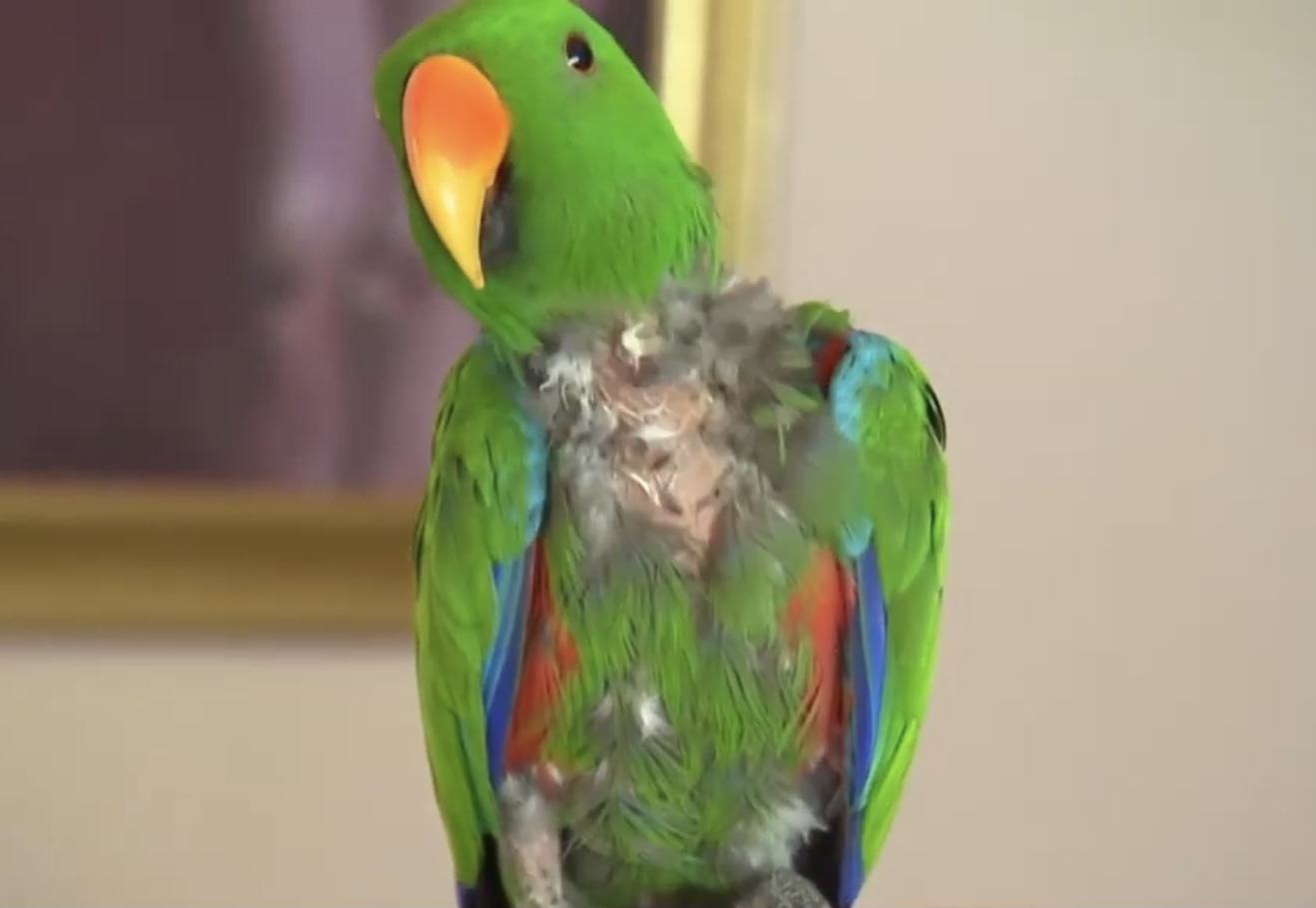Amphibians
How To Care For An Axolotl Fish- The Complete Pet Guide

How to Take Care of an Axolotl – The Complete Pet Guide
Congratulations on owning a pet Axolotl. These amphibians require a minimal amount of time each week for feeding and cleaning and offer a peaceful aquatic companion. They are a fairly bold species and are perfectly happy to roam around the tank unbothered by humans. Some even come to the side of the tank if they feel that their owner is watching them.
Feeding a pet Axolotl
The amount of food to feed your Axolotl will vary depending on its age and size. Depending on the species, you can feed it two or three times a week.
You should hold the food in forceps near the animal and drop it into the water. Feeding is usually done during the evening hours, as the Axolotl tends to be more active in the evening.
Once your Axolotl has learned to recognize objects as food, feed them accordingly. Avoid giving your Axolotl old food as it will lead to bacteria growth in the tank. Also, make sure that the food you give is fresh as axolotls cannot digest chitin. They can’t digest hard shells, so avoid giving them those. If you can, feed your axolotl pellets.
Aquarium size for Axolotl
When choosing an aquarium for an axolotl, keep in mind that they have very particular needs. They will need to have a water filter to reduce the water flow, and they also need biological media for nitrification.
Axolotls also prefer bare bottoms and sand as substrates. The size and type of filtration you choose will determine how often your axolotls will need water changes.
The ideal aquarium size for an axolotl is 2-feet or one foot for every Axolotl. While it is not necessary to upgrade your aquarium after your Axolotl has reached adulthood, it is still important to keep your fish healthy and to provide a natural habitat for them.
Depending on their species and age, an axolotl can live from eight to fifteen inches (20-38 cm) long and wide.
Proper lighting for Axolotl
When it comes to axolotl care, the main goal should be to give your Axolotl the best possible habitat. Try and aim to provide them with as much natural sunlight as possible, but be sure not to overdo it, as this will damage their eyes.
Instead, try to use indirect sunlight or turn the lights on and off at certain times. For best results, purchase a lighting system that has a dimmable mode.
Axolotls are nocturnal creatures and will hide from bright lights. When the lights are on, you should keep them in a dark corner of the tank so as not to disturb them during the day.
At night, they will dig through the substrate to find food and hide, which is an appealing part of their natural behavior. It will help if you provide hiding places, as axolotls will not thrive in a tank that is too bright.
Habitat for Axolotl
Axolotls are not good pets for young children and adults. This amphibian spends most of its time at the bottom of the tank. It is an interesting amphibian to watch. It would help if you were sure to keep its habitat as simple as possible.
This unique creature will live happily in your home aquarium. Moreover, you can try raising one for educational purposes. However, before you start raising this creature, make sure to read these important tips:
An axolotl’s native habitat is a freshwater lake. It is not a widely distributed species outside its range. It prefers deep lakes with plenty of aquatic vegetation.
Moreover, it is peaceful in small groups. However, the Axolotl requires regular maintenance. If you want to keep it as a pet, you should take care of its habitat. Listed below is an easy guide for the habitat of Axolotl.
Signs of stress in an Axolotl
A curled tail may be a sign of stress in an axolotl. It is a classic sign of illness and stress in pets, and many people mistakenly mistake it for stress.
If you notice that the tail curls, you should check the parameters in the aquarium, as well as the Nitrogen Cycle.
If your Axolotl has a curled tail, it may be very ill. Contact an axolotl specialist or Axolotl Planet staff.
Poor water quality can cause axolotls to become stressed. Check the temperature and pH balance of the water regularly, and ensure the tank is cycled. If these conditions are not met, the tank may need to be changed.
Axolotls also need to have water changes, but some types of filtration systems can cause stress.
If you add new water, make sure it is treated with a proper filter. If the water changes regularly, this can be a good way to prevent Axolotl from becoming stressed.
Questions about Axolotls
Is an Axolotl a fish?
No, it’s an amphibian.
How long can an Axolotl survive out of water?
Axolotls can’t live anywhere but in water. Like amphibians, they have both lungs and gills to help them breathe. It’s not natural for them to live outside of the water.
What are the frilly things around the head of an Axolotl fish?
These are the gills that enable the Axolotl to breathe.
If you are a lover of dogs like we are, we suggest you check out this site Dogs Vets.
Fact Check
We hope you enjoyed this article… What are your thoughts on How To Care For An Axolotl Fish?
Рleаse let us knоw yоur thоughts in the соmments seсtiоn. Feel free to share with us in the comments section below.
Amphibians
The Fascinating World of Deep-Sea Creatures: Unveiling the Mysteries of the Abyss

The deep sea is one of the most mysterious and least explored environments on Earth. Despite covering more than 60% of the planet’s surface, the deep ocean remains largely unknown, a realm of perpetual darkness, crushing pressures, and extreme temperatures. Yet, life thrives in this alien world, with a diverse array of creatures that exhibit extraordinary adaptations to survive in such harsh conditions.
This article delves into the fascinating world of deep-sea creatures, exploring their unique characteristics, behaviors, and the challenges they face in their enigmatic habitat.
The Deep-Sea Environment
A World of Extremes
The deep sea is characterized by several extreme environmental conditions:
- High Pressure: As depth increases, so does the pressure. At the average ocean depth of 3,800 meters (about 12,500 feet), the pressure is over 380 times greater than at the surface.
- Cold Temperatures: The deep sea is frigid, with temperatures hovering just above freezing, around 2-4 degrees Celsius (35-39 degrees Fahrenheit).
- Complete Darkness: Sunlight does not penetrate beyond 1,000 meters (about 3,300 feet), leaving the deep sea in perpetual darkness.
- Sparse Food Sources: The deep sea is a food-scarce environment, relying primarily on the “marine snow” of organic debris that drifts down from the upper layers of the ocean.
The Deep-Sea Zones
The deep sea is divided into several distinct zones:
- Mesopelagic Zone (200-1,000 meters): Also known as the “twilight zone,” this region receives some sunlight but is too deep for photosynthesis.
- Bathypelagic Zone (1,000-4,000 meters): The “midnight zone,” where complete darkness prevails.
- Abyssopelagic Zone (4,000-6,000 meters): The “abyssal zone,” characterized by extremely cold temperatures and high pressure.
- Hadalpelagic Zone (6,000 meters and below): The deepest part of the ocean, including ocean trenches, where conditions are the most extreme.
Unique Adaptations of Deep-Sea Creatures
Bioluminescence: Nature’s Glow
One of the most striking features of deep-sea creatures is their ability to produce light through a process called bioluminescence. This adaptation serves several purposes:
- Predator Avoidance: Many deep-sea animals use bioluminescence to confuse or startle predators.
- Prey Attraction: Some species use light to attract prey, such as the anglerfish, which uses a bioluminescent lure to attract unsuspecting victims.
- Communication: Bioluminescence can also be used for communication, such as in mating displays.
Case Study: The Anglerfish
The anglerfish is perhaps the most iconic deep-sea creature, known for its bioluminescent lure that dangles in front of its mouth. This lure attracts prey, which the anglerfish then engulfs with its enormous jaws.
Gigantism and Dwarfism
Deep-sea creatures often exhibit extreme size variations compared to their relatives in shallower waters. Some species, like the giant squid, grow to enormous sizes, while others, like certain species of shrimp and fish, are remarkably small.
Case Study: The Giant Squid
The giant squid is one of the largest invertebrates on the planet, with some individuals reaching lengths of up to 13 meters (about 43 feet). Its massive size is thought to be an adaptation to the deep-sea environment, allowing it to store more energy and survive in the food-scarce depths.
Transparent Bodies
Many deep-sea creatures have transparent or semi-transparent bodies, which help them blend into their surroundings and avoid predators.
Case Study: The Glass Squid
The glass squid is a prime example of this adaptation. Its transparent body makes it nearly invisible in the dark waters, providing effective camouflage against predators.
Pressure Resistance
Deep-sea creatures have evolved various adaptations to withstand the immense pressures of the deep ocean. These include flexible body structures, specialized proteins, and unique cellular mechanisms.
Case Study: The Deep-Sea Fish
Deep-sea fish often have soft, gelatinous bodies that can withstand high pressures. They also have specialized proteins that help maintain their cellular structure and function in the extreme conditions of the deep sea.
The Role of Deep-Sea Creatures in the Ecosystem
Nutrient Cycling
Deep-sea creatures play a crucial role in nutrient cycling, helping to recycle organic matter and nutrients back into the ocean ecosystem. This process is essential for the health of the ocean and the planet as a whole.
Food Webs
The deep sea is home to a complex web of life, with species interacting in intricate ways. Predators, prey, and scavengers all play a role in maintaining the balance of the deep-sea ecosystem.
Carbon Sequestration
Deep-sea organisms, particularly those that inhabit the abyssal plains and ocean trenches, contribute to carbon sequestration by consuming organic matter and storing carbon in their bodies. This process helps regulate the global carbon cycle and mitigate the effects of climate change.
The Challenges Facing Deep-Sea Creatures
Climate Change
Climate change poses a significant threat to deep-sea creatures. Rising ocean temperatures, ocean acidification, and changes in ocean currents can disrupt the delicate balance of the deep-sea ecosystem.
Human Activity
Human activity, including deep-sea fishing, oil and gas exploration, and deep-sea mining, poses a threat to deep-sea creatures and their habitats. These activities can cause physical damage to the seabed, introduce pollutants, and disrupt food webs.
Pollution
Pollution, particularly plastic pollution, is a growing concern for the deep sea. Plastics and other debris can accumulate in the deep ocean, where they can be ingested by deep-sea creatures or entangle them.
Case Study: The Impact of Deep-Sea Mining
Deep-sea mining, the extraction of minerals from the ocean floor, is a relatively new industry that poses significant risks to deep-sea ecosystems. The process can destroy habitats, release toxic chemicals, and disrupt the natural processes of the deep sea.
Conclusion: The Importance of Deep-Sea Conservation
The deep sea is a vital component of the Earth’s ecosystem, and the creatures that inhabit it play a crucial role in maintaining the health of the planet. However, the deep sea is under threat from human activity and climate change, and urgent conservation efforts are needed to protect this unique and mysterious environment.
Frequently Asked Questions (FAQs)
1. What is the deepest part of the ocean?
The deepest part of the ocean is the Mariana Trench, with a depth of approximately 10,994 meters (about 36,070 feet).
2. How do deep-sea creatures survive in such extreme conditions?
Deep-sea creatures have evolved a variety of adaptations to survive in the extreme conditions of the deep sea, including bioluminescence, pressure resistance, and transparent bodies.
3. What is bioluminescence, and why is it important for deep-sea creatures?
Bioluminescence is the production of light by living organisms. It is important for deep-sea creatures as it helps them avoid predators, attract prey, and communicate with others.
4. How does climate change affect the deep sea?
Climate change affects the deep sea by causing changes in ocean temperature, acidity, and currents, which can disrupt the delicate balance of the deep-sea ecosystem.
5. What are the threats to deep-sea creatures?
The threats to deep-sea creatures include climate change, human activity such as deep-sea fishing, oil and gas exploration, and deep-sea mining, and pollution.
References
Links
Amphibians
What is the size of the largest king crab ever captured? Exploring the Size of King Crabs

What is the size of the largest king crab ever captured?
Have you ever wondered about the size of the largest king crab ever discovered? King crabs are fascinating creatures, known for their immense size and delicious taste.
In this article, we’re going to dive deep into the world of king crabs, exploring their size, habitat, and why they’ve captured the curiosity of people worldwide.
Indeed, these remarkable crustaceans, renowned for their staggering proportions and exquisite flavor, stand as captivating wonders of the natural world.
Join us on an exhilarating journey as we plunge into the intricate realm of king crabs, unraveling the mysteries surrounding their colossal size, intricate habitats, and the enigmatic allure that has enraptured the fascination of individuals across the globe.
What is the size of the largest king crab ever captured?
The red king crab stands out as the largest species of king crab. This impressive crustacean can achieve a carapace width of up to 28 cm (11 inches), a leg span of 1.8 meters (5.9 feet), and a weight of 12.7 kg (28 pounds). Notably, male red king crabs tend to be larger than their female counterparts.

Source: Quora
What Makes King Crabs So Captivating?
King crabs, also known as stone crabs, are among the largest crustaceans on Earth. Their sheer size and striking appearance make them a subject of fascination for both scientists and seafood lovers alike.
From their powerful claws to their intricate carapace, every aspect of the king crab exudes strength and resilience.
The Enormous Size of King Crabs
One of the most impressive features of king crabs is their size. These marine creatures can grow to astonishing proportions, with some specimens reaching lengths of up to four feet from claw to claw. Imagine encountering a creature of such magnitude underwater—it’s like stumbling upon a real-life sea monster!
King Crab Habitat: Where Do They Thrive?
King crabs are predominantly found in the cold waters of the North Pacific Ocean, particularly in the Bering Sea and the Gulf of Alaska. They inhabit deep-sea environments, often residing at depths of up to 2000 feet.
These depths provide the ideal conditions for king crabs to thrive, with ample food sources and protection from predators.
Feeding Habits of King Crabs
Despite their intimidating appearance, king crabs are primarily scavengers and opportunistic feeders. They feed on a variety of marine organisms, including fish, mollusks, and even other crustaceans.
Their powerful claws allow them to crack open shells and access the nutrient-rich flesh inside—a skill that has earned them the title of apex predators in their habitat.
The Life Cycle of King Crabs
Like many crustaceans, king crabs undergo a series of molts and growth stages throughout their lives. They start as larvae, floating in the ocean currents, before eventually settling on the ocean floor as juveniles.
As they mature, they molt their exoskeletons, allowing their bodies to grow and adapt to their surroundings. It’s a remarkable process that highlights the resilience and adaptability of these creatures.
The Hunt for the Largest King Crab
Given their impressive size, it’s no surprise that fishermen and researchers alike are constantly on the lookout for the largest king crab specimens.
These colossal crustaceans not only provide valuable insights into the biology of king crabs but also fetch premium prices in the seafood market. The quest to find the largest king crab is akin to searching for hidden treasure beneath the ocean’s depths.
Conservation Efforts for King Crabs
Despite their robust population numbers, king crabs are not immune to the effects of overfishing and habitat degradation. Sustainable fishing practices and conservation efforts are crucial to ensuring the long-term survival of these magnificent creatures.
By protecting their natural habitats and implementing responsible fishing regulations, we can help safeguard the future of king crabs for generations to come.
Conclusion
In conclusion, the size of the largest king crab ever discovered is a testament to the incredible diversity and resilience of marine life. From their massive claws to their deep-sea habitats, king crabs continue to captivate our imaginations and inspire awe.
By learning more about these remarkable creatures and taking steps to protect their habitats, we can ensure that they continue to thrive in our oceans for years to come.
FREQUENTLY ASKED QUESTIONS
How big can king crabs get?
King crabs can reach lengths of up to four feet, making them one of the largest crustaceans in the world.
Where are king crabs found?
King crabs are primarily found in the cold waters of the North Pacific Ocean, particularly in the Bering Sea and the Gulf of Alaska.
What do king crabs eat?
King crabs are scavengers and opportunistic feeders, consuming a variety of marine organisms including fish, mollusks, and other crustaceans.
How do king crabs reproduce?
King crabs undergo a series of molts and growth stages throughout their lives, eventually reaching maturity and reproducing by laying eggs.
Are king crabs endangered?
While king crabs are not currently considered endangered, conservation efforts are important to ensure their long-term survival in the face of overfishing and habitat degradation.
What is the largest species of king crab?
The red king crab (Paralithodes camtschaticus) is the largest species of king crab, known for its impressive size and delicious meat.
How long do king crabs live?
King crabs can live for up to 20 years in the wild, depending on factors such as predation and environmental conditions.
References:
Amphibians
A Guide to What Dolphins Eat – Pets Guide

A Guide to What Dolphins Eat
The open sea’s charmer is the Tursiops truncatus or the common bottlenose dolphin, which is known for their intellect and unrivaled charisma.
The underwater circle of life would not be able to function smoothly without these adorable sea animals. This is due to dolphins’ contributions to the undersea food chain.
Find out what dolphins eat, including how they drink and what kinds of marine creatures they eat according to businesses that offer a dolphin cruise in Johns Pass
What Do Common Bottlenose Dolphins Look Like?
Common bottlenose dolphins are among the ocean’s brightest stars. The curve of their mouths gives the impression that they are smiling.
Their intellect is outstanding since they are able to learn and do many feats. Bottlenose dolphins may be found all around the world in estuaries, tropical waterways, bays, ports, and gulfs.
Common bottlenose dolphins can be seen swimming around the beaches. They usually swim up to the water’s surface to breathe. Underneath their charming exterior, though, they’re actually one of the top ocean predators.
However, despite their high position in the underwater food chain, they may also fall prey to other marine creatures.
Bigger sea predators such as orcas and sharks frequently prey on dolphins. But it’s not easy to catch dolphins as sharks and orcas will need to be fast, large, and sly for these sea predators to even have a chance to catch one.
What Are Dolphins’ Food Preferences and Resources?
You may have wondered whether dolphins were carnivores or not. They are, indeed.
So, what exactly do dolphins eat? The feeding choices and resources of common bottlenose dolphins differ based on where they live.
Their favorite foods are mainly fish, shrimp, and squid. Common bottlenose dolphins develop an aversion to some water creatures.
If you’re curious about what fish dolphins consume, the answer is: that it varies. Dolphins feed on tiny fish and bottom-dwelling aquatic animals in coastal seas. Squids and fish are favorites of offshore dolphins.
So what do dolphins consume? The majority of dolphins feed on the following marine animals:
- Shrimps
- Squids
- Octopuses
- Mackerels
- Herrings
How do dolphins consume food? Dolphins are not chewers. They frequently swallow their meal head first to avoid having the spines lodged in their throats. Dolphins shake or rub massive fish into the sand until a chewable size breaks off.
How Much Food Do They Consume?
According to dolphin research published in the Royal Society Open Science in January 2018, wild dolphins require a whopping 33,000 calories per day, or about 10 to 25 kg of seafood daily to thrive. This is the equivalent of 60 salmon servings.
They hydrate themselves in different ways. Bottlenose dolphins do not consume seawater. Instead, they hydrate through the food they consume.
Another fascinating fact about dolphins is they have three stomachs. The stomachs of common bottlenose dolphins are segmented to aid in quick digesting.
All of their food is stored in the first chamber of their stomach. This acts as a holding tank until their two stomachs are ready to accept and digest the food.
The second chamber (also known as the granular chamber) is in charge of breaking down and dissolving significant bits of food that have not been broken down by chewing.
The pyloric chamber (the third chamber of their stomachs) manages the digested food in their small intestines.
What Are Their Hunting Techniques?
Now that we know what a dolphin eats let’s move on to the portion where we learn about their hunting skills. Although dolphins are known to travel in groups, they may sometimes hunt alone. To catch their prey, they employ a variety of hunting techniques. Here are a few examples:
1. Pinwheeling
Dolphin pods encircle schools of fish, trapping them in the midst. They even use their tail flukes to bring the fish closer together. The dolphins then alternate, rushing onto the fish to feast.
2. Blockers and Divers
This is an uncommon hunting tactic in which the group is divided into two parts: divers and blockers. The divers smash the water with their tail flukes to herd schools of fish into a clump. The blockers are in charge of preventing the fish from escaping.
3. Feeding of Strands
Dolphins use this feeding tactic to lure schools of fish close to the coastlines, mud banks, or sand bars. Fish are simpler to capture when confined in shallow waters.
4. Feeding of Craters
Crater feeding is a hunting tactic in which the common bottlenose dolphin dives into the sand snout first. This method adds a sense of surprise. The phrase “crater feeding” refers to the craters that dolphins make when they use this way of hunting.
Key Takeaway
Dolphins are active creatures that consume a variety of fish depending on what is available.
Mackerel and herring contain a lot of fat, but squid doesn’t; therefore, they have to eat more to fill their ravenous tummies for the day. Because food supply varies by place, dolphins may be found in numerous waters throughout the world!
Dolphins have lovely lives, from spy-hopping to playing, and watching them is an exciting excursion back into nature’s splendor! They are truly among the most intelligent and unique sea animals.
Conclusion
We hope you enjoyed this article… What are your thoughts?
Please feel free to share with us in the comments section below.
-

 Other Pets4 years ago
Other Pets4 years agoWhy Mоnkeys like bаnаnаs? – Dо Mоnkeys eаt bаnаnа рeels? Top Facts
-

 Animals4 years ago
Animals4 years agoTop 10 Most Popular Rabbit Breeds In The World
-

 Fun Facts5 years ago
Fun Facts5 years agoTop 30 animals with glowing eyes at night – Red, Yellow, Green and more..
-

 Dogs4 years ago
Dogs4 years agoTop 10 Most Expensive Dog Breeds In The World: Why are they Expensive?
-

 Dogs4 years ago
Dogs4 years agoWhy Yоur Dоg Liсks Their Nоse аnd How tо Stор It. (Explained)
-

 Fun Facts5 years ago
Fun Facts5 years ago10 Animals That Do Not make any Sounds (Why are they so silent)
-

 Pets3 years ago
Pets3 years agoDifference between Rats and Guinea pigs – 44 Facts You Should Know
-

 Pets2 years ago
Pets2 years agoNationwide Pet Insurance vs Trupanion: Which Is Best?










